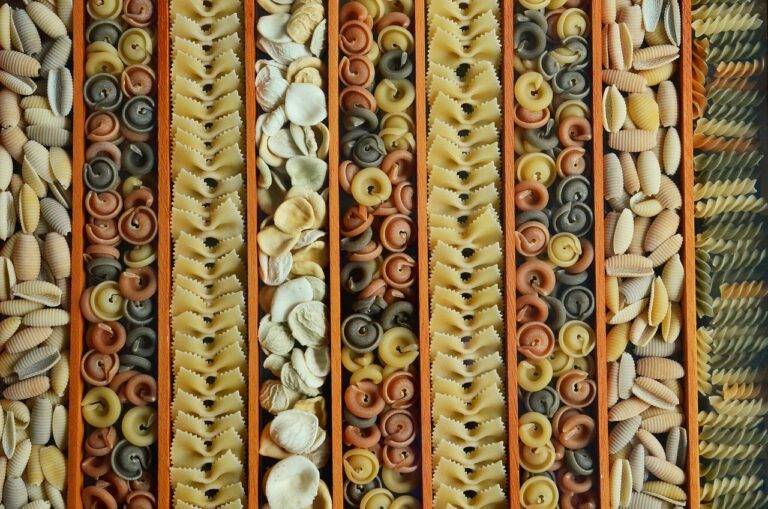The Future of Indoor Farming: Growing Food Year-Round in Controlled Environments.
Indoor farming offers numerous advantages for modern agriculture. By growing crops indoors, farmers are able to control various environmental factors such as temperature, humidity, and lighting. This level of control leads to higher crop yields and faster growth, making indoor farming an efficient and sustainable method of cultivation.
Furthermore, indoor farming is not limited by traditional seasonal constraints, enabling farmers to grow crops year-round. This continuous production can help meet the increasing demand for fresh produce regardless of external weather conditions. Additionally, indoor farming requires less water and land compared to traditional farming methods, making it a more resource-efficient approach to agriculture.
Challenges Faced by Indoor Farmers
Indoor farmers often encounter the challenge of high initial setup costs. The infrastructure required for indoor farming, including lighting, climate control systems, and hydroponic equipment, can be expensive to purchase and install. This financial barrier can deter many individuals or organizations from starting indoor farming operations, hindering the growth of this sustainable agricultural practice.
Another significant challenge faced by indoor farmers is ensuring optimal growing conditions for plants. Maintaining the right balance of light, temperature, humidity, and nutrients in an indoor environment can be complex and requires constant monitoring and adjustments. Any fluctuations in these factors can impact the quality and yield of crops, making it crucial for indoor farmers to have a deep understanding of plant biology and environmental science.
What are some benefits of indoor farming?
Indoor farming allows for year-round production, uses less water compared to traditional farming methods, eliminates the need for pesticides, and reduces transportation costs.
What are some challenges faced by indoor farmers?
Some challenges faced by indoor farmers include high initial setup costs, the need for specialized equipment and technology, limited space for expansion, and the risk of technical failures affecting crop yields.
How do indoor farmers overcome the challenge of limited space for expansion?
Indoor farmers can overcome the challenge of limited space for expansion by utilizing vertical farming techniques, optimizing crop layout and spacing, and implementing efficient crop rotation strategies.
How do indoor farmers address the risk of technical failures affecting crop yields?
Indoor farmers address the risk of technical failures affecting crop yields by investing in reliable equipment, implementing regular maintenance schedules, and having backup systems in place to minimize disruptions to production.





